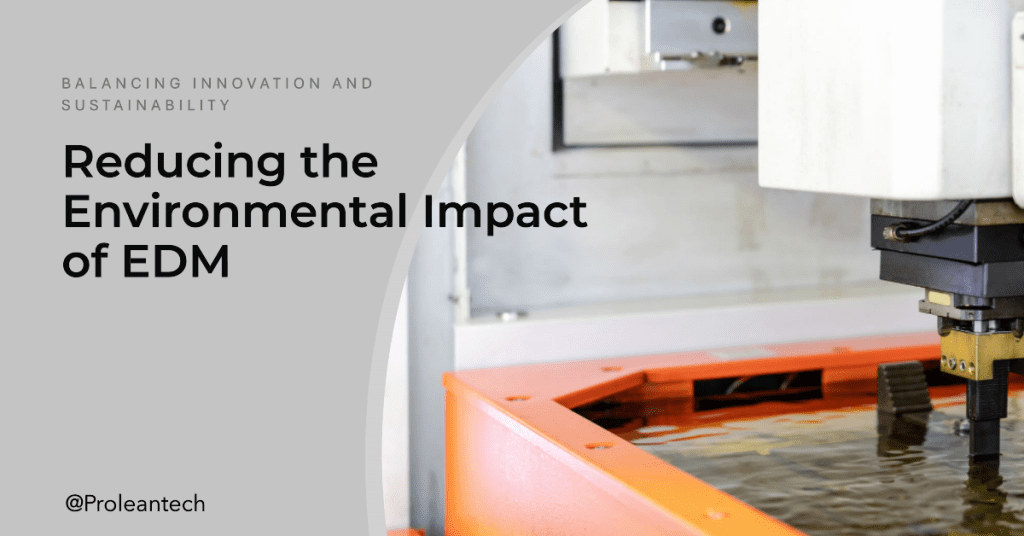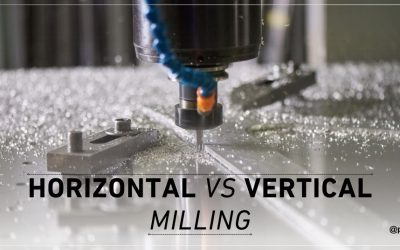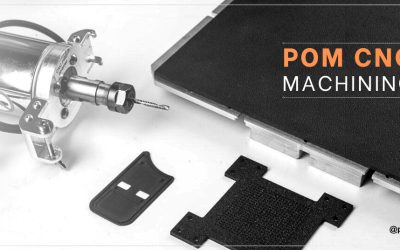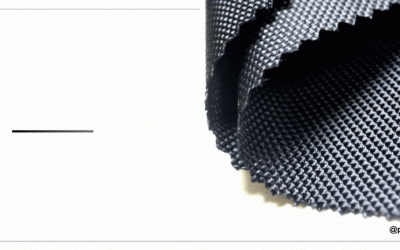In the EDM process, a series of electrical discharges or sparks are generated between a tool electrode and the workpiece, which is submerged in a dielectric fluid. The sparks create localized heating, causing the material to melt and vaporize, leaving behind a precise and accurate cut. This process is highly effective in machining hard materials, such as metals, alloys, and composites, and can achieve extremely tight tolerances and excellent surface finishes.
Despite its many advantages, EDM also presents several environmental challenges due to the generation of waste, emissions, and energy consumption. In this article, we will explore the environmental impacts of EDM and discuss ways to minimize these effects through sustainable practices and mitigation strategies.
Why Balancing Innovation and Sustainability is Important
As technology continues to advance, the demand for innovative products and processes increases. With this growth comes an increased need for responsible and sustainable manufacturing practices that minimize harm to the environment. The intersection of innovation and sustainability is critical to the long-term success of any industry, including EDM machining.
Balancing innovation and sustainability involves considering the environmental impacts of new technologies and processes, while also seeking ways to improve efficiency, reduce waste, and minimize emissions. In the EDM industry, this means finding ways to lessen the environmental impacts of the process while maintaining the high-quality results it is known for. By combining progressive technology with environmentally-conscious practices, companies can continue to drive innovation while also promoting sustainability.
Understanding the environmental impacts of EDM is the first step in developing strategies for reducing its ecological footprint. By identifying the specific areas of concern, businesses can focus on implementing changes that will have the most significant impact on their overall sustainability.
The Environmental Impacts of EDM
Electrical Discharge Machining (EDM) is a highly effective process for machining hard materials. However, it presents several environmental challenges due to the generation of waste, emissions, and energy consumption.
1. Emissions and Air Quality Concerns
One of the primary environmental concerns associated with EDM is the generation of emissions. During the machining process, the dielectric fluid can break down and produce harmful byproducts, such as ozone and volatile organic compounds (VOCs), which can contribute to air pollution and negatively affect human health. Additionally, the vaporization of the workpiece material can release toxic substances, such as heavy metals, into the atmosphere.
These emissions can have local and global implications, affecting air quality and climate change. To address these concerns, it is crucial to develop strategies that minimize the release of harmful substances and improve air filtration systems to capture and remove pollutants before they can be released into the environment.
2. Water and Waste Management
Another significant environmental issue associated with EDM is the generation of waste and the consumption of water. The dielectric fluid used in the process can become contaminated with metal particles and other impurities and must be regularly replaced to maintain the effectiveness and safety of the process. This results in the production of large quantities of waste fluid, which can pose challenges for disposal and treatment.
Additionally, the use of water as a coolant in some EDM processes can lead to significant water consumption and potential contamination of water sources. To address these issues, it is essential to implement effective waste management and water conservation practices that minimize the environmental impact of these resources.
Sustainable Practices and Mitigation Strategies
In order to minimize the environmental impacts of EDM, companies must adopt a variety of sustainable practices and mitigation strategies. These practices can help reduce the carbon footprint of the industry, and promote more sustainable and responsible production.
- Implement energy-efficient equipment and processes to reduce energy consumption and associated emissions
- Use alternative dielectric fluids that have lower environmental impacts, such as vegetable-based oils or water-based solutions
- Regularly maintain and clean equipment to improve efficiency and prolong the lifespan of consumables, reducing waste generated and lowering costs
- Practice proper waste management to recycle and dispose of used dielectric fluid in an environmentally responsible manner, reducing pollution and minimizing the industry’s impact on the environment
- Employ closed-loop water systems or other water-saving technologies to minimize water consumption and reduce the risk of contamination, helping to conserve one of our most precious resources and reduce environmental impact at the same time
Industry Best Practices for Eco-friendly EDM
To promote eco-friendly EDM processes and reduce the environmental impact, several industry best practices can be adopted. These practices aim to optimize the EDM process, minimize waste generation, and improve energy efficiency. By implementing these practices, manufacturers can enhance the sustainability of their EDM operations. Some of the key industry best practices include:
Utilizing Advanced Filtration Systems
- Employing advanced filtration systems in EDM machines to capture and remove particles, debris, and contaminants from the dielectric fluid.
- Proper filtration extends the useful life of the dielectric fluid, reducing the frequency of fluid replacement and minimizing waste generation.
- Effective filtration also helps maintain optimal machining conditions, ensuring consistent performance and high-quality results.
Implementing Real-time Monitoring and Control Systems
- Utilizing real-time monitoring and control systems to optimize the EDM process parameters, such as pulse duration, current, and gap settings.
- These systems provide valuable data on process performance, enabling operators to make adjustments in real time and optimize energy consumption and material removal rates.
- By closely monitoring and controlling the process, manufacturers can reduce unnecessary energy consumption and improve overall efficiency.
Collaborating with Suppliers and Stakeholders
- Collaborating with suppliers, customers, and other stakeholders to develop and adopt new materials, technologies, and processes that have lower environmental impacts.
- Engaging in discussions and partnerships to promote the use of eco-friendly dielectric fluids, electrode materials, and EDM consumables.
- By working together, the industry can drive innovation and develop sustainable solutions that minimize environmental harm throughout the EDM supply chain.
Engaging in Research and Development
- Investing in research and development activities to explore new strategies, technologies, and materials that can further improve the environmental performance of EDM processes.
- Emphasizing continuous improvement and innovation to identify and implement more sustainable practices.
- This includes exploring alternative machining techniques, investigating the use of eco-friendly materials, and developing efficient recycling and waste management strategies.
Related: Navigating the Hazards: Comprehensive Electric Discharge Safety in EDM Processes
Prolean’s Commitment to Environmental Sustainability
Prolean is dedicated to promoting environmental sustainability in the EDM industry. By investing in advanced technologies, adopting best practices, and continually seeking ways to reduce our ecological footprint, we are committed to ensuring that our operations are as environmentally responsible as possible. Our commitment extends beyond our own facilities, as we also work closely with our customers, suppliers, and industry partners to promote sustainable practices throughout the EDM supply chain.
Together, we believe that it is possible to strike a balance between innovation and sustainability, driving the EDM industry forward while protecting the environment for future generations.
Summing Up
Electrical Discharge Machining has become an essential process in the manufacturing industry due to its ability to produce intricate and complex shapes in a wide range of materials. However, as with any manufacturing process, EDM presents environmental concerns that must be addressed to ensure that the ecological footprint of this process is minimized. The importance of balancing innovation and sustainability cannot be overstated as it is essential to the long-term success of any industry.
By understanding the environmental impacts of EDM, implementing sustainable practices and mitigation strategies, and adopting industry best practices for eco-friendly EDM, companies can continue to benefit from this technology while minimizing their ecological footprint. Prolean’s commitment to promoting environmental sustainability in the EDM industry exemplifies how companies can balance innovation and sustainability.
FAQ’s
What are some environmental concerns associated with EDM?
Some environmental concerns associated with EDM include emissions and air quality concerns, water and waste management, and energy consumption.
How can companies reduce the environmental impact of EDM?
Companies can reduce the environmental impact of EDM by implementing sustainable practices and mitigation strategies, such as using energy-efficient equipment and processes, employing effective waste management practices, and using alternative dielectric fluids, among others.
What are some industry best practices for eco-friendly EDM?
Some industry best practices for eco-friendly EDM include utilizing advanced filtration systems, implementing real-time monitoring and control systems, collaborating with suppliers and stakeholders, and engaging in ongoing research and development.
Why is it important to balance innovation and sustainability in the EDM industry?
Balancing innovation and sustainability is vital in the EDM industry to ensure the long-term success of the process while minimizing its ecological footprint. By adopting sustainable practices and mitigating the environmental impacts of EDM, companies can continue to innovate while promoting responsible resource use and protecting the environment for future generations.






0 Comments